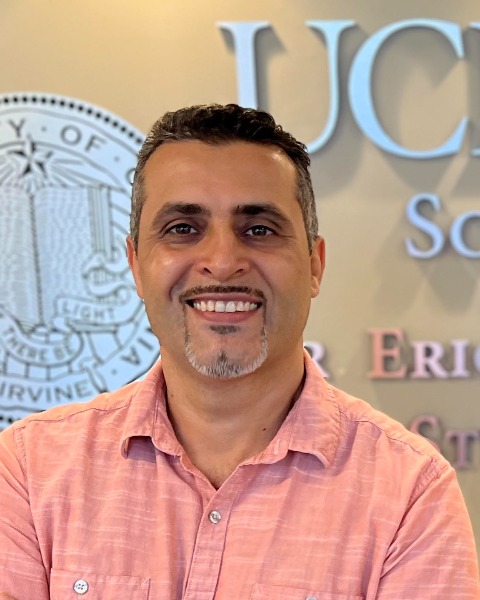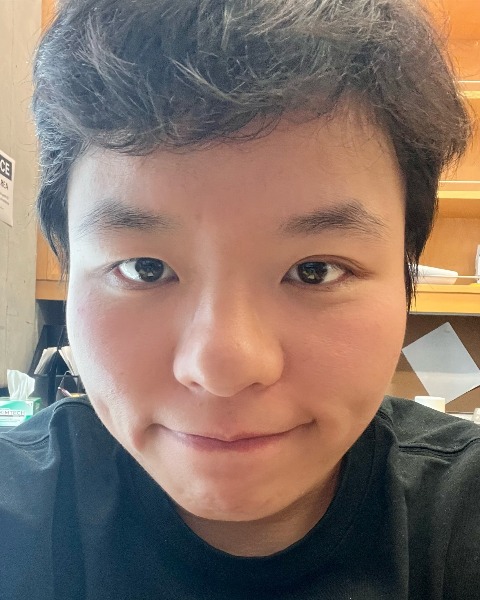Interventional Oncology
Longitudinal monitoring of Irreversible electroporation outcomes using hybrid functional/structural variations of HCC microenvironment

Farouk Nouizi, PhD
Assistant Researcher
Radiological Sciences - UCIDisclosure(s): No financial relationships to disclose
- AE
Aydin Eresen, PhD (he/him/his)
Assistant Researcher
University of California, Irvine 
Zigeng Zhang, MD
Postdoctoral Fellow
University of California, Irvine- VY
Vahid Yaghmai, n/a
Chairman of Radiology
University of California, Irvine - GG
Gultekin Gulsen, n/a
Associate Professor
Radiological Sciences - ZZ
Zhuoli Zhang, PhD
Professor
University of California, Irvine
Presenting Author(s)
Author/Co-author(s)
Irreversible electroporation (IRE), a non-thermal tissue ablation technique, facilitates cell death within tumor tissue while preserving the extracellular matrix with minimal inflammation {1}. Unfortunately, translational studies and clinical experience have shown that IRE triggers the up-regulation of many deleterious downstream effects including neo-angiogenesis. The lack of understanding of the pathophysiological effects and tumor microenvironment changes caused by IRE has resulted in a plateau in terms of results and patient outcomes. Apart from BOLD-MRI, no imaging tool exists that allows real-time in vivo quantification of oxygenation changes throughout the treated tumor tissue. Besides, BOLD-MRI systematically fails when drastic changes in blood flow and volume occur posttreatment {2}.
Materials and Methods: Optical molecular imaging techniques are perfectly suitable to undertake this challenging task. Recently, we introduced a novel non-invasive imaging modality termed Photo-Magnetic Imaging (PMI) {3}. In PMI, near-infrared lasers are sequentially used to slightly heat the imaged tissue (< 2ºC) while monitoring its temperature increase using MR Thermometry. A dedicated image reconstruction algorithm minimizes the difference between these MRT maps and synthetic ones generated by modeling to provide high-resolution optical properties of the tissue {4}. The obtained maps are then utilized to recover in vivo tissue oxygenation through the recovery of oxy- and deoxy- hemoglobin concentrations, which in turn allows monitoring of hypoxia/ischemia.
Results: We will present the performance validation of our new multiwavelength PMI system using phantom studies. Unlike standard diffuse optical imaging techniques, PMI can resolve ~3 mm diameter targets at MRI resolution and recover their concentration with an error as low as 12.9%. Also, we will present the first in vivo results obtained on rats bearing HCC tumors. Validation of PMI in vivo will enable longitudinal monitoring of IRE-treated tumors and quantification of the outcome in terms of oxygenation and total hemoglobin concentration and investigate the potential correlation with gold-standard MRI-based findings.
Conclusion: This study demonstrates the importance of optical molecular imaging in understanding the currently presumed physiological effects of IRE on cellular metabolism and tissue oxygenation. In the future, PMI will be employed to optimize IRE protocols (number of treatments time points, voltage, probe positioning) that produce optimal ischemia/hypoxia that limits angiogenesis.

.png)
.jpg)
.jpg)
.jpg)
.png)
.png)
.png)
.png)
.png)